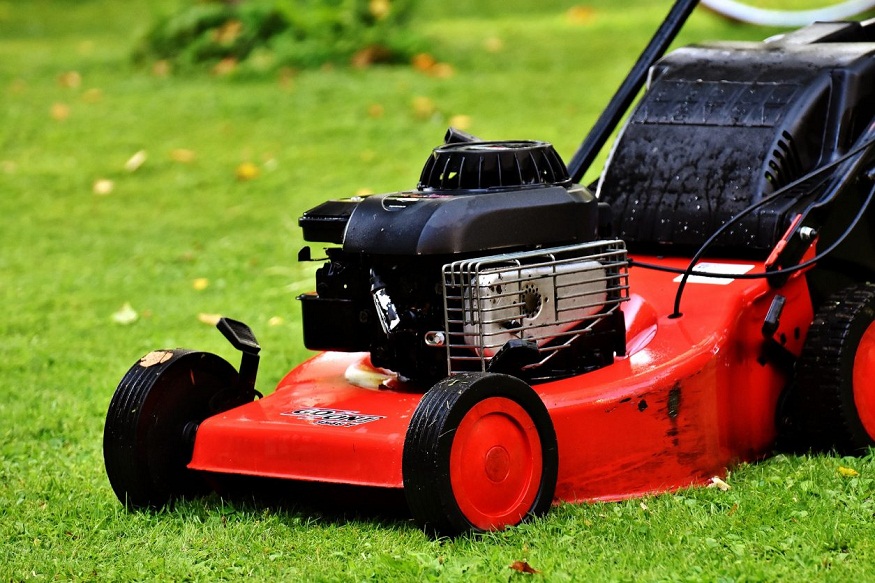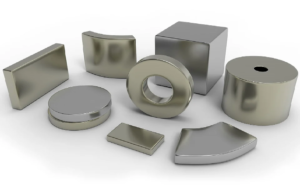
If you’ve ever looked at your yard and wondered why your grass seems tired, patchy, or just plain lifeless no matter how often you water or fertilize, the answer might not be above ground but beneath it. Lawn health starts with the soil, and compacted soil is one of the most common and overlooked barriers to lush, green turf. This is where aeration services come in.
Lawn aeration might sound like a luxury reserved for golf courses or manicured estates, but it’s a critical component of long-term lawn health for anyone who wants their yard to thrive. Whether you’re a seasoned gardener or a new homeowner learning the ropes of lawn care, understanding how aeration works and why it’s so effective could be the missing piece of your landscaping puzzle.
What Is Lawn Aeration?
Lawn aeration is the process of perforating the soil with small holes to allow air, water, and nutrients to penetrate the grassroots. This is typically done with a machine called a core aerator, which pulls out plugs of soil from the lawn’s surface. These plugs are then left to naturally decompose and reintegrate into the turf, further improving soil structure.
Aeration essentially helps the lawn “breathe.” When soil becomes compacted, it creates a dense environment that blocks air and water from reaching plant roots. This can be caused by foot traffic, heavy machinery, pets, or simply the passage of time. When aeration relieves that compaction, it opens up the soil, encouraging deeper root growth and a more resilient lawn.
Signs Your Lawn Needs Aeration
Not all lawns need aeration every year, but there are several signs to look out for that indicate it’s time to call in aeration services:
- Water pooling in certain areas after rain
- Grass that looks thin, patchy, or easily stressed by heat
- Soil that feels hard or dense when you press into it
- Difficulty inserting a screwdriver or garden tool into the soil
- Heavy use from pets, kids, or foot traffic
- A lawn established from sod that has a noticeable thatch layer
If your lawn checks off one or more of these conditions, it’s a good candidate for aeration.
Timing Is Everything
The timing of lawn aeration depends largely on the type of grass you have. Cool-season grasses like Kentucky bluegrass or fescue should be aerated in early fall or spring, when the grass is actively growing but not stressed by extreme heat. For warm-season grasses such as Bermuda or Zoysia, late spring or early summer is ideal.
Scheduling aeration services during the peak growing season ensures your lawn can recover quickly and take full advantage of the improved soil conditions.
Benefits Beyond the Basics
While improved air, water, and nutrient absorption are the primary benefits of aeration, the practice delivers additional perks that can transform your yard over time:
- Enhanced Fertilizer Effectiveness: Fertilizers are more easily absorbed into loose, healthy soil, meaning your investments in lawn care products go further.
- Stronger Root Systems: Roots grow deeper in aerated soil, improving drought resistance and long-term durability.
- Reduced Thatch Build-Up: Thatch, a layer of organic matter that can suffocate grass, breaks down more quickly after aeration.
- Improved Drainage: Lawns that hold water become breeding grounds for pests and disease. Aeration helps keep water moving where it’s needed most.
- Environmental Benefits: Healthy grass contributes to cleaner air, reduced erosion, and better carbon capture.
In other words, aeration is not just a maintenance task. It’s an investment in the health and longevity of your landscape.
DIY vs. Professional Aeration
While renting a core aerator from a hardware store is an option, many homeowners choose professional aeration services for convenience and effectiveness. Professional-grade machines typically reach deeper and cover large areas more efficiently than rental units.
Also, professionals know the best patterns to follow when aerating, ensuring complete coverage and avoiding damage to underground irrigation systems or shallow tree roots. If your lawn is large, heavily compacted, or contains a sprinkler system, professional services can prevent costly mistakes and deliver better results.
Aeration and Overseeding: A Perfect Pair
One of the best times to overseed your lawn is right after aeration. With the soil loosened and new holes created across the surface, grass seed has a better chance of germinating and establishing itself. Overseeding helps fill in thin or bare spots, increases grass density, and introduces newer, more resilient grass varieties to your lawn.
Many lawn care companies bundle aeration and overseeding into a single service during prime planting seasons. This combo can significantly boost your lawn’s health and appearance in just a few weeks.
What to Expect After Aeration
Your lawn may look a little rough immediately after aeration, especially with the soil plugs scattered across the surface. Don’t worry — this is normal. The plugs will break down within a week or two, reintroducing nutrients into the soil. During this time, continue to water your lawn as usual, and avoid mowing too soon to give the grass time to respond to the aeration.
Within a few weeks, you should notice stronger, greener grass with improved resilience. If you’ve added overseeding to the mix, new grass shoots will begin emerging soon after.
Year-Round Lawn Care Strategy
Aeration should be part of a larger, year-round lawn care strategy that includes fertilization, mowing, watering, and weed control. By working with professionals who offer a comprehensive approach, you can ensure your lawn stays healthy through all seasons.
Aeration services might seem like a once-a-year task, but their impact lasts much longer. When done at the right time and paired with the right follow-up care, aeration can set your lawn up for long-term success.
Final Thoughts
In the world of lawn care, some tasks yield visible results immediately, while others work quietly below the surface. Aeration falls into the latter category. It might not be as instantly gratifying as a fresh mow or edge, but over time, it plays a major role in building a lawn that’s strong, healthy, and resilient.
Whether you’re battling compacted soil, dealing with thatch buildup, or just looking to give your yard a fresh start, aeration services offer a smart, science-backed way to breathe new life into your landscape. With just one or two sessions a year, you can unlock the full potential of your soil — and see it reflected in every blade of grass.






